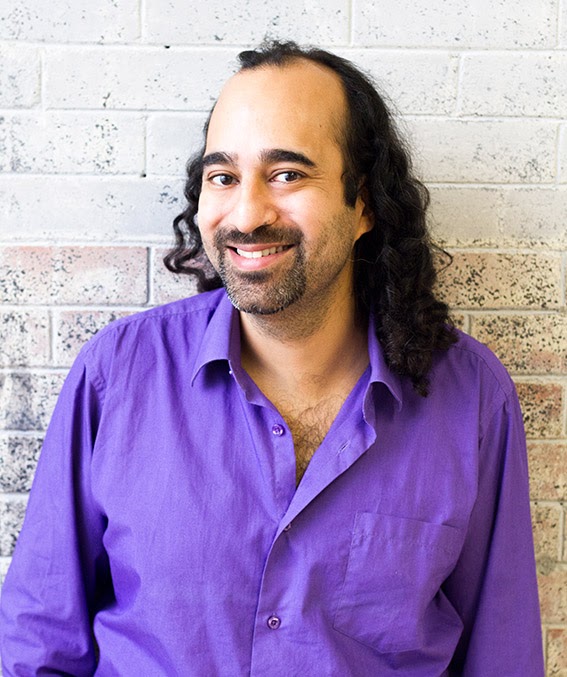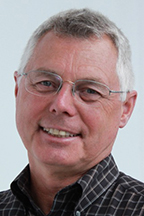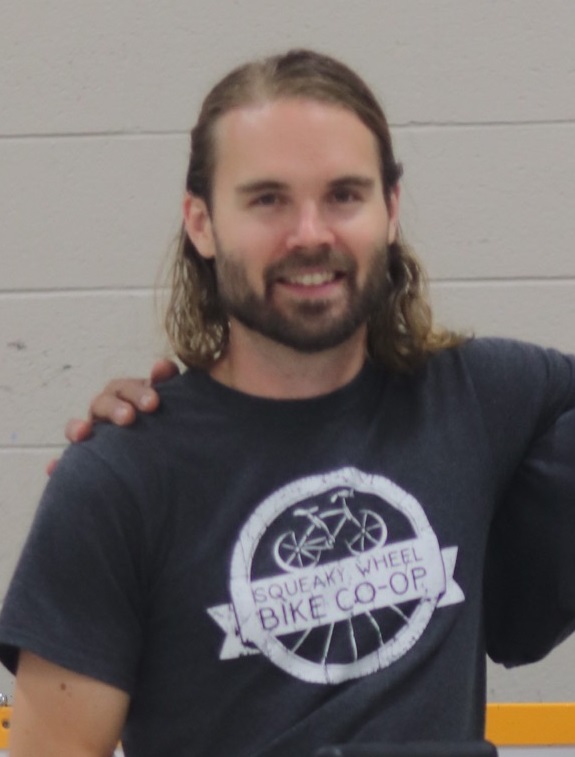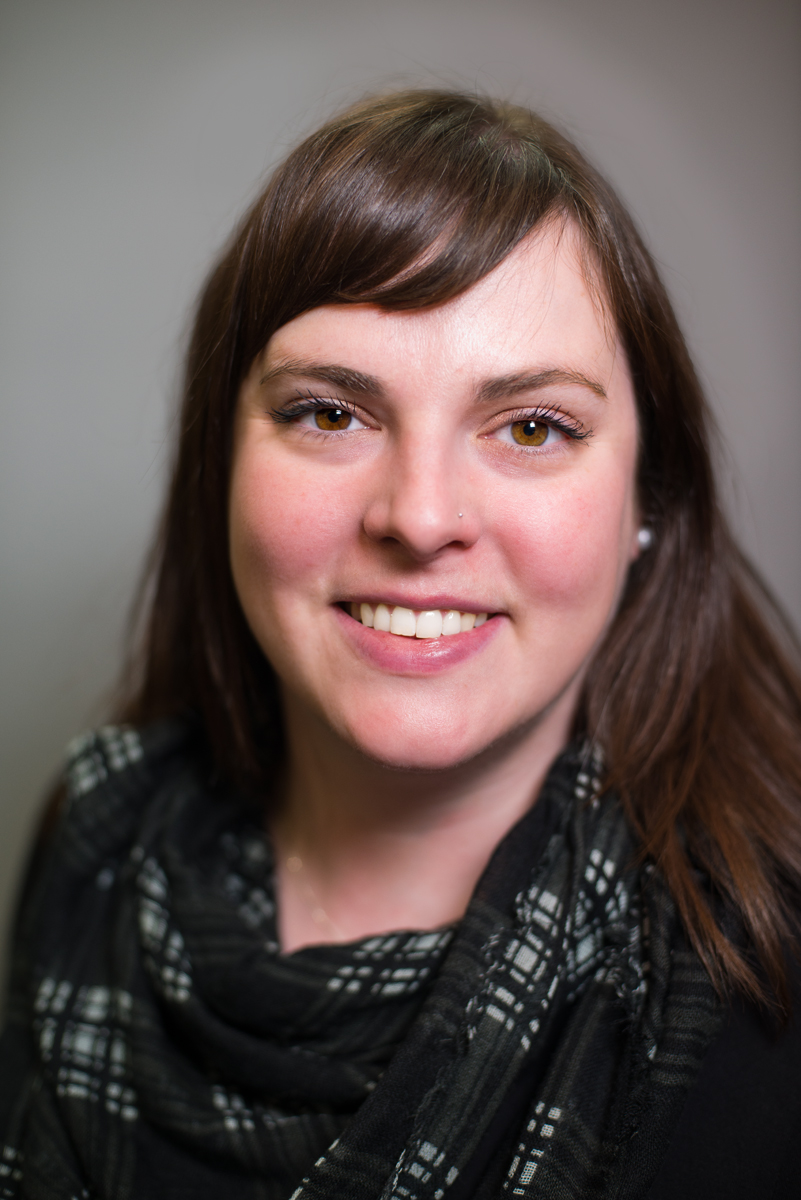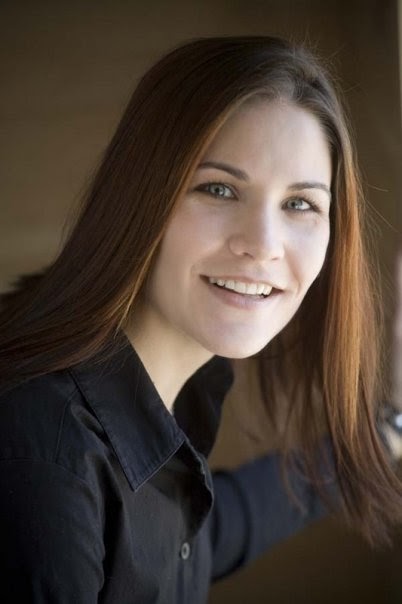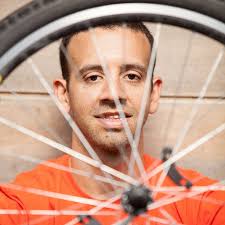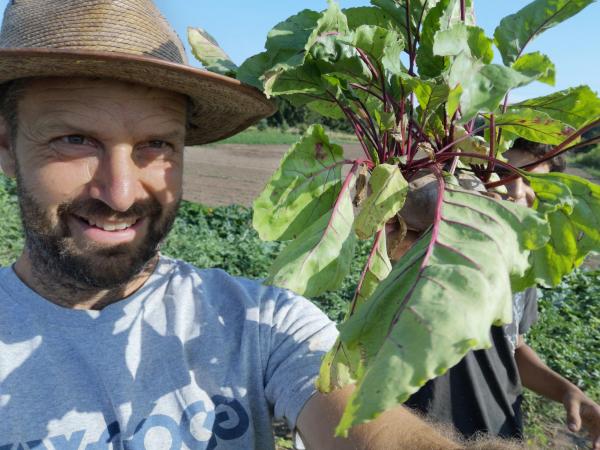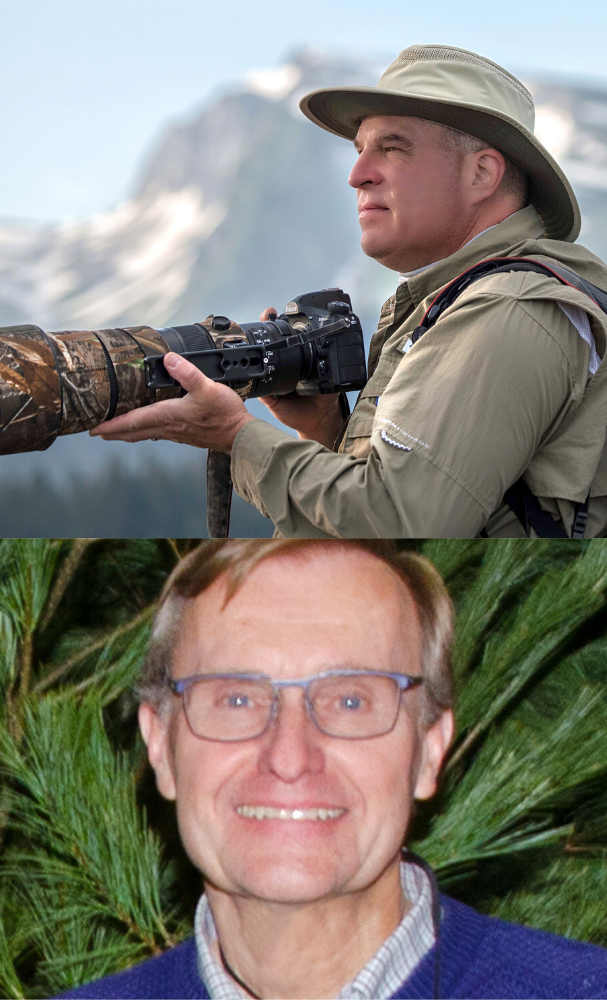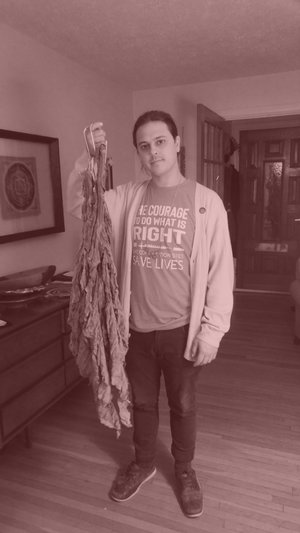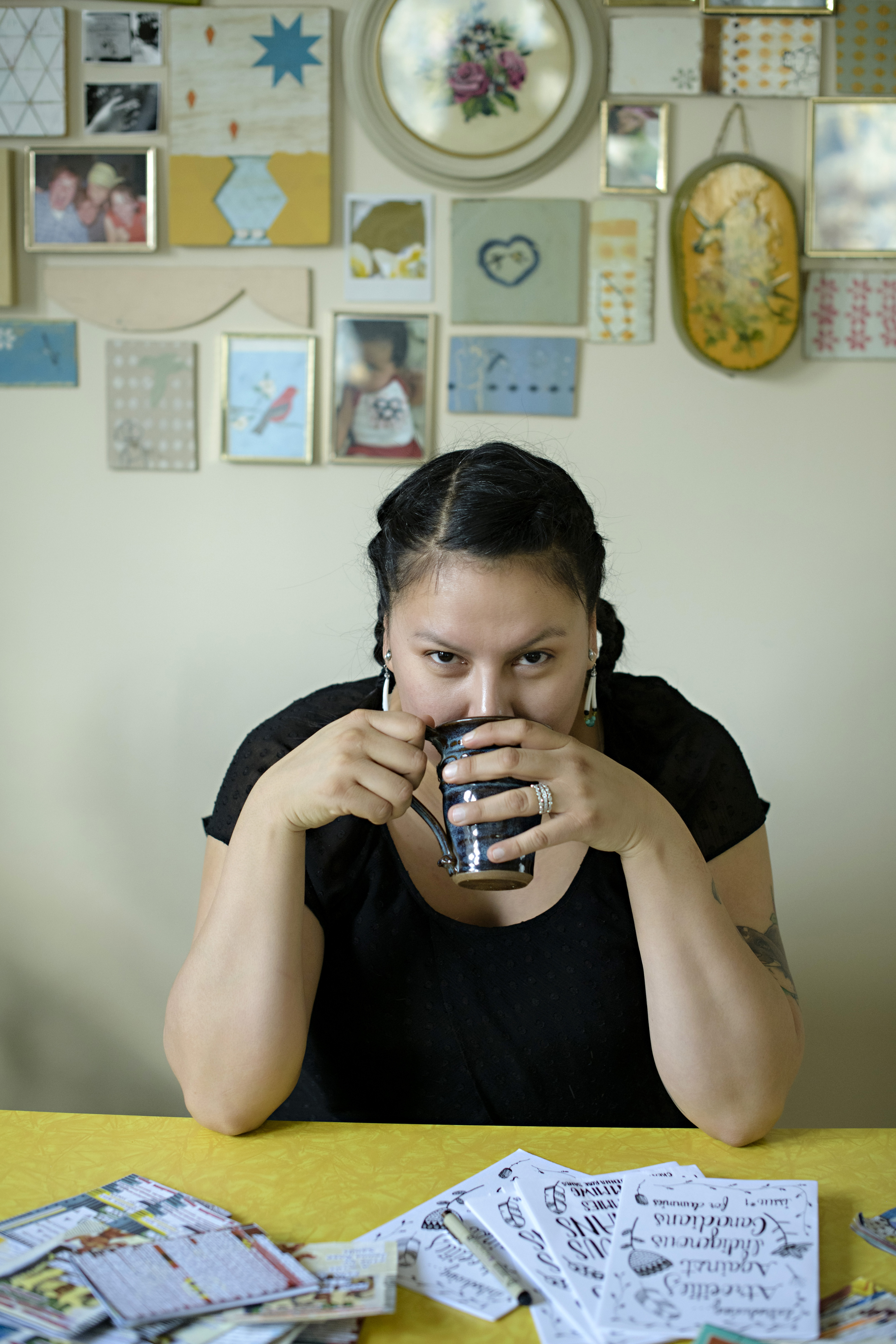
Workshops - Learn and Grow
Join the Movement
Saturday April 18, 2020
9:30 am – 4 pm
845 Florence St, London, ON N5W 6G6
Western Fair District Agriplex
Climate Action Stage
Explore life in the Carolinian Zone! These speakers will cover a variety of topics - from protecting wildlife to promoting native species in your backyard, this is your stage to learn more about how to protect diversity within Ontario’s Deep South through nature-based climate actions.
Be A Climate-Leader: What’s Good for Nature is Good for People
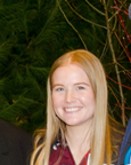
Description
Lead the Challenge. Become a Zone Leader to count your community’s efforts in Canada’s Biggest Wildlife Garden. Get resources curated by experts to guide even the most inexperienced gardeners to grow beautiful, climate-smart habitat for wildlife. Get inspired! Learn more how to track your collective impact and celebrate your how your backyard is helping the climate and wildlife!
Learn how you can amplify your impact with little bit of healthy competition and great perks you can get by planting native plants!
Bio
Koral is a strategic leader passionate about addressing diverse challenges through an environmental lens. She supports teams at Carolinian Canada and World Wildlife Fund to accelerate a cultural shift toward values of connectedness to nature, responsible stewardship and energized community. Koral completed her Masters of Science in Conservation and Community Development, specializing in the systematic evaluation of conservation programs with integrated social justice goals.
Natural Beauty: How to Incorporate Native Plants into Mainstream Landscape Designs

Description
The science and ecology behind using native plants in our landscapes is abundantly clear. As a Landscape Architect, I often hear from informed clients that they want to put in native plants around their properties but don’t know how to do so that can allow you to have an ecologically functional yard while maintaining a mainstream design aesthetic.
Bio
Sara is a Sr. Landscape Architect at Shift Landscape Architecture. Sara's experience is diverse and includes working for a family-owned nursery and design/build company along with small and large consulting firms and provincial and municipal governments. As a result, she is comfortable working on a broad spectrum of projects. Within Shift, Sara is a planting specialist and lends her expertise of green infrastructure techniques and the needs of plants to projects. Sara is also a professor at Fanshawe College teaching in the Landscape Design Diploma and Environmental Design & Planning Degree programs. Recently her work has been focusing on how to incorporate native plants into our urban landscapes.
The Forager's Garden: Growing Edible Native Plants
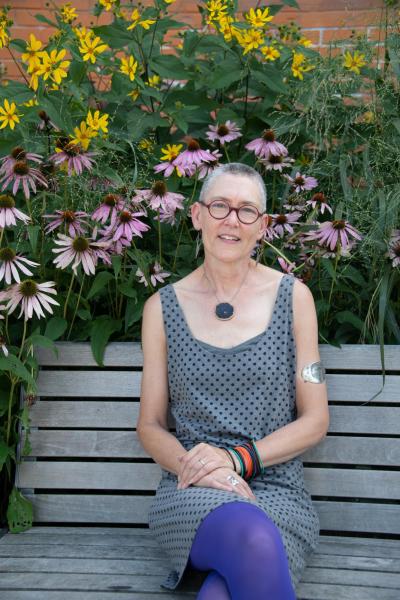
Description
Bio
Lorraine Johnson is the author of numerous books on environmental issues and gardening. Former president of the North American Native Plant Society, her areas of expertise include gardening with native plants, urban agriculture, biodiversity conservation, and urban forest protection. Some of the books she’s written include: The New Ontario Naturalized Garden; Grow Wild!; Green Future; The Real Dirt (which she co-authored with Mark Cullen); Tending the Earth; and City Farmer. A new edition of her book 100 Easy-to-Grow Native Plants for Canadian Gardens was recently published.
The Miracle of Flight
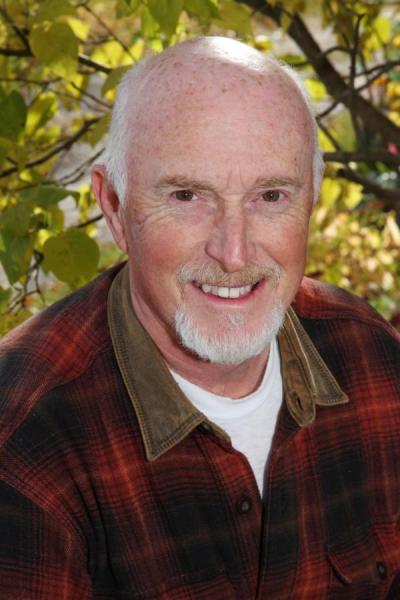
Description
What is it that lets eagles soar, hummingbirds hover, and geese travel thousands of kilometres south each fall? Explore the characteristics that allow living things to fly, from wing design to the four forces of flight.
Bio
Brian is the founder and Director of Salthaven Wildlife Rehabilitation and Education Centre. Since its inception, Salthaven has treated and released thousands of animals back into the wild; from foxes to fawns to falcons, and more. Whether it flies, burrows or slithers, there’s a healing hand and open heart waiting at Salthaven from Brian and the clinic volunteers. As well as overseeing the clinic, Brian is active in spreading the word about what people in the community can do to help protect wildlife and the environment.
Find Your Climate-Action: Native Plant Gardening: WWF- Canada
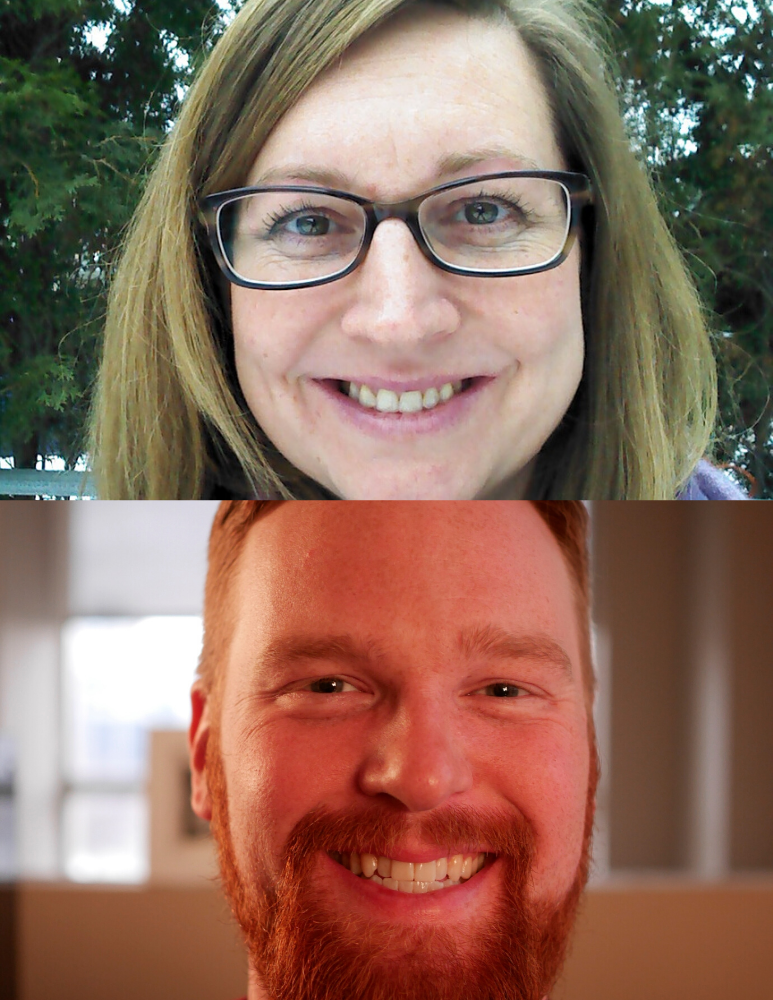
Description
Gardens present a unique opportunity to address the dual crisis of wildlife decline and climate change while also connecting...
Bio
Jarmila Becka Lee
Specialist, Program Advancement, Nature-Connected Communities
As part of WWF-Canada’s Nature Connected Communities Team, Jarmila manages In the Zone as well as the Go Wild granting programs, both of which strive to increase Canadians’ engagement with nature, especially in urban areas. During her nearly 22 years at WWF-Canada, Jarmila has worked on a variety of conservation initiatives including advising Loblaw on its 100% sustainable seafood commitment, managing WWF’s species at risk work as well as the long-running Endangered Species Recovery Fund, and serving as coordinator for the Marine, International and Toxicology programs. Jarmila holds a Bachelor of Science, Environment and Biology, from the University of Toronto.
Ryan Godfrey
Ryan Godfrey is a botanist with a B.Sc. in Ecology and Environmental Biology (University of British Columbia) and a M.Sc. in Ecology and Evolutionary Biology (University of Toronto). His 10 years of experience with native plants spans academia, museum collections, botanical gardens, consulting to the private sector and work with NGOs to engage communities and neighbourhoods for ecological restoration and stewardship. Currently, Ryan's focus is on adding native plants back into the built environment in order to realize the layered benefits of restored ecosystems: climate resilience, carbon drawdown, wildlife habitat and community health.

